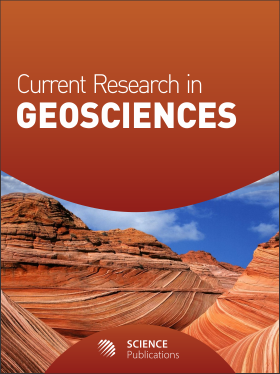Geobody Architecture and Petroleum Potential of the Yowi Field, Offshore Eastern Niger Delta, Nigeria
- 1 University of Port Harcourt, Nigeria
Abstract
A study on geobody architecture and petroleum potential of the Yowi Field has been carried out by integrating well logs and 3D seismic data. The objectives of this study include: The determination of the lateral continuity of key horizons; identification of gross geobody distribution and architecture; and the petroleum potential of the field. Well log correlation shows that key horizons are continuous and laterally extensive across the field. Eleven sand horizons displaying majorly stacked upward-coarsening regressive log profile with high net-to-gross ratio towards the eastern flank of the field have been mapped within 7000ft thick (2333 m) interval. A depth structure map generated over the N5.2 sand reveals a structural saddle; an elongate four-way dip closure having two structural culminations. Further analysis using 3D seismic attributes revealed four facies distribution patterns. The Root-Mean-Square (RMS) and Variance attributes were applied to identify subtle lithological variations as indicated by its high and low amplitude anomaly. Four facies depositional patterns recognized from amplitude trends include: Dispersed facies pattern; linear/parallel facies profile; discrete/isolated pattern and meandering configuration. Architectural elements inferred from these amplitude distribution patterns include: Beach-barrier-shoreface depositional profile (about 7077ft (2355 m) in length, 1476ft (490 m) width on the eastern flank and 783ft (260 m) width on the west flank); deep sea channel morphology, chaotic/dispersed turbidite sands and stratigraphic pinchouts. Areas with highest Root-Mean-Square (RMS) amplitude values represent porous and sand-prone prospective units; whereas sections characterized by low amplitude reflections may be interpreted as deposits resulting from pelagic or hemi pelagic sedimentation, or a mud-rich and water-bearing facies. The structural closures form sites for hydrocarbon accumulation in the field. 3D seismic horizon slices remain the best amplitude displays for gross facies identification, selection of optimum drilling locations and for measuring facies architecture.
DOI: https://doi.org/10.3844/ajgsp.2016.10.23

- 6,267 Views
- 3,721 Downloads
- 0 Citations
Download
Keywords
- Seismic Attributes
- Architecture
- Petroleum Potential
- Barrier Bar
- Amplitude
